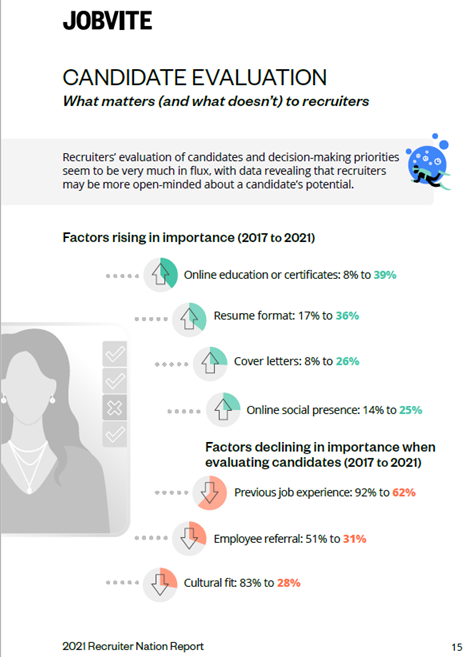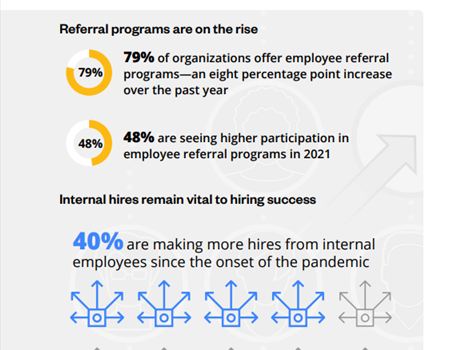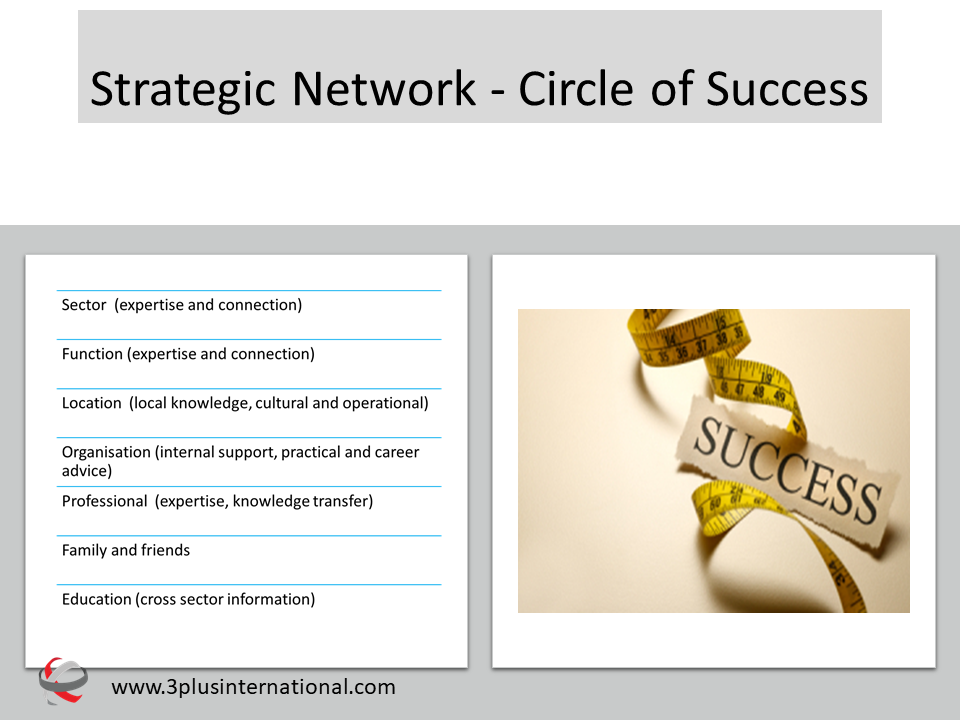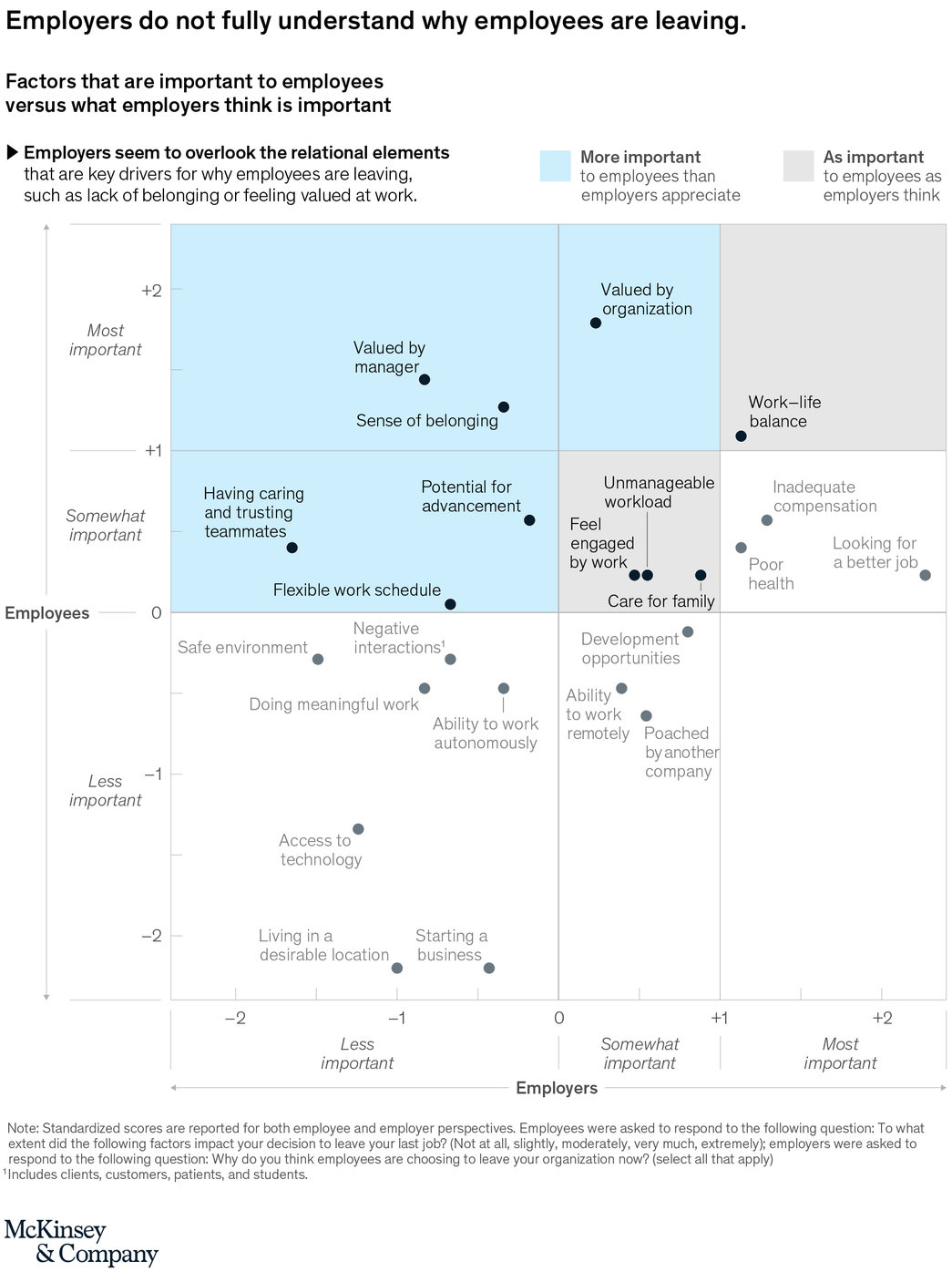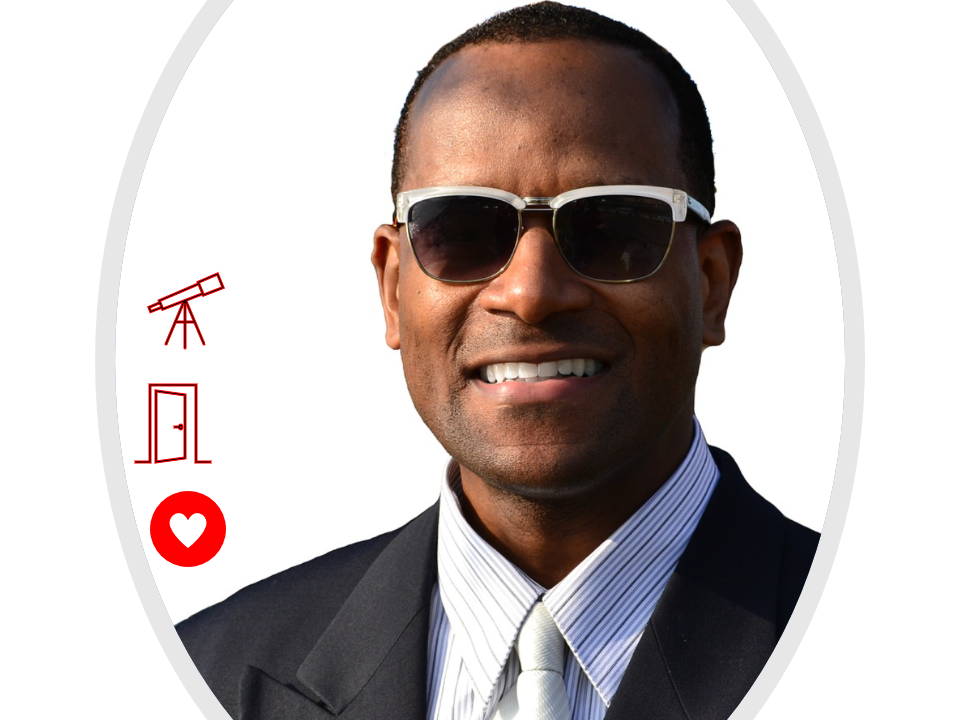In today’s job market, many job seekers are concerned about applying for a job without all the qualifications. The question is should they apply anyway, or wait until a role where they tick all the boxes comes along.
In a recent search I ran 86% of the candidates were not on target. Another search for a GM of a Onsite Engineering Assembly Plant in China which required knowledge of Cantonese attracted applications from 20 short-order cooks.
A gender issue?
One element is that many see this as a gender issue. At one time, based on a Hewlett Packard internal report, it was suggested that women in particular only apply when they have 100% of the qualifications and men when they have 60%.
But a host of subsequent data based studies suggest that this is another one of those urban recruiting myths whic which has been debunked. Norwegian professor Curt Rice suggests that given this lack of data we should stop citing these numbers as benchmarks.
In a study carried out by Tara Sophia Mohr a sample of over a thousand men and women gave their reasons for not applying for a job. For the qualification element, the gender gap was 8.9% not 40%.
Busting the gender stereotype myth
Another study from LinkedIn idicates that women may simply be more ‘selective’ when applying to jobs based on a host of reasons . They apply for fewer jobs, but are more likely to get them. This selectivity from female candidates will contribute to reducing the chances of women progressing into more senior roles. At a time of global skill set shortages, companies need to be more flexible to attract more women candidates.
More Research from Behavioural Insights found “men apply for a job when they meet 52.1% of the qualifications, where women apply if they meet 55.7%.”
So it seems that gender differences are in real terms minimal, although men do tend to over estimate their capabilities, this may not be as frequently or as greatly as originally thought.
As with all job search strategies to the specific about applying for a job without all the qualifications, the answer is “it depends,” because there are both advantages and disadvantages.
There are 4 factors involved:
1. Which of the qualifications you don’t meet. If it’s a critical hard skill I would generally advise against it. When the ad states you need an engineering background for example and you don’t have one, it will be a long shot. If you have practical experience that is a substitute for a qualification then apply. Hard skills have a life span of about 2.5 years anyway. But for a driving job, you do need to be able to drive.
If your missing skill is lower down the requirement hierarchy and one that can be learned quickly – go for it.
2. As organisations are trying to make job postings more real, then it could be that the requirements posted are the minimum. One way around this would be to ask the hiring manager or recruiter for their view if you can, or apply anyway and take a risk.
3. You will need a good understanding of your transferable skills and be able to demonstrate them.
4. A hiring manager will want to see evidence of your capacity to learn quickly. Make sure you convey that message.
Advantages
1. You may succeed
One of the most significant advantages of applying for a job without all the qualifications is that you will actually make the cut and be considered for the role. Hiring managers can struggle to find that perfect candidate and may be willing to be flexible if they think that your other sklls are relevant or compensate.
Very often job postings are inflated anyway and in a global skill set shortage they should be willing to be flexible and keep job profiles real.
2. Stand out from other candidates
When you apply for a job without all the qualifications, you are demonstrating to the hiring manager that you are open to taking on new challenges and a willingness to learn new skills.
This can set you apart from other candidates who may have more experience, but are not as willing to step out of their comfort zone.
3. You learn from the process
Applying for a job without all the qualifications can be a great learning opportunity. Even if you don’t get the job, going through the application and interview process can help you identify areas where you need to improve your skills or gain more experience.
If you are lucky enough to be screened and interviewed then it’s good practice. If the hiring manager makes a decision to move you forward, there is no need to worry about wasting their time. That is on them.
4. Puts you on the company’s radar
You might not be right for this particular role but applying for a job without all the qualifications will put you on the radar of the hiring manager or the company’s recruiter. They will keep you in mind for a different role and.
I have done this myself to candidates many times. Sometimes the candidate is willing to go along with the suggestion, others are not. It will depend on your goals.
Disadvantages
1. You will be cut
If you lack the basic skills you may be cut during the early stages of the process. ATS can be pre-set to screen out candidates who don’t meet key requirements. Note: this is not some kind of recruitment robot but settings are pre-determined by a person.
Some hiring managers may be willing to overlook certain requirements, others may not. As long as you are able to handle rejection then it will be a case of nothing ventured nothing gained but your self-confidence may take a blow.
2. Wastes your time
Completing the job application can be time consuming and you may spend time and energy on something that won’t produce results when your efforts would be better placed applying for jobs for which you are better qualified.
3. You ARE underqualified
You may be convincing in the selection process (confidence bias exists) but when you are offered the job you may struggle. This can lead to frustration and disappointment all round. You could end up not being confirmed in your appointment following your probationary period and even be terminated.
Taking a chance may pay dividends but prepare yourself for rejection. Above all be strategic and test the water with a small sample, rather than investing huge amounts of time applying for a high number of roles for which you are under-qualified.
And ladies if you have only a tiny doubt, take that chance.
If you need help in your job search get in touch NOW













